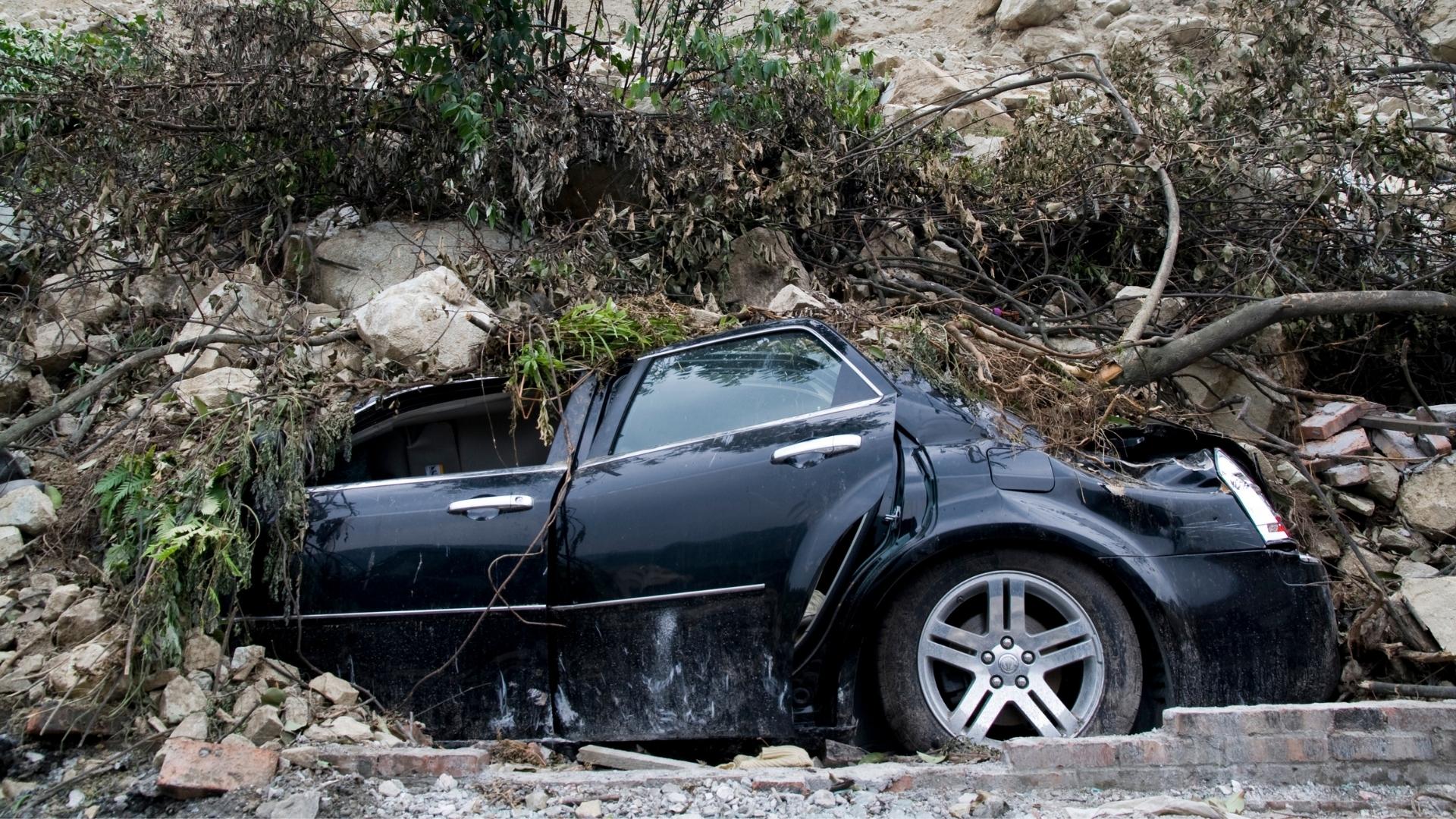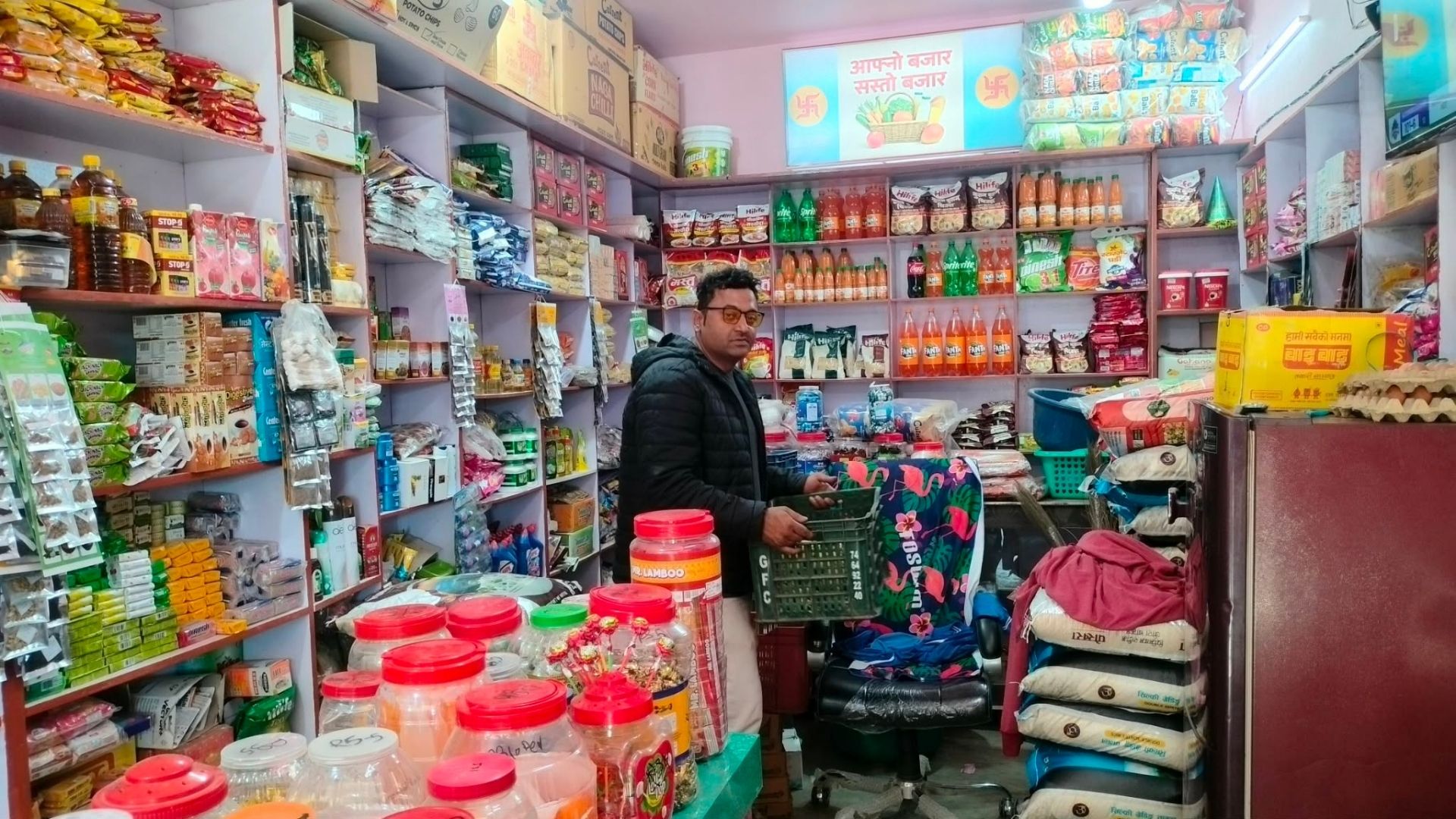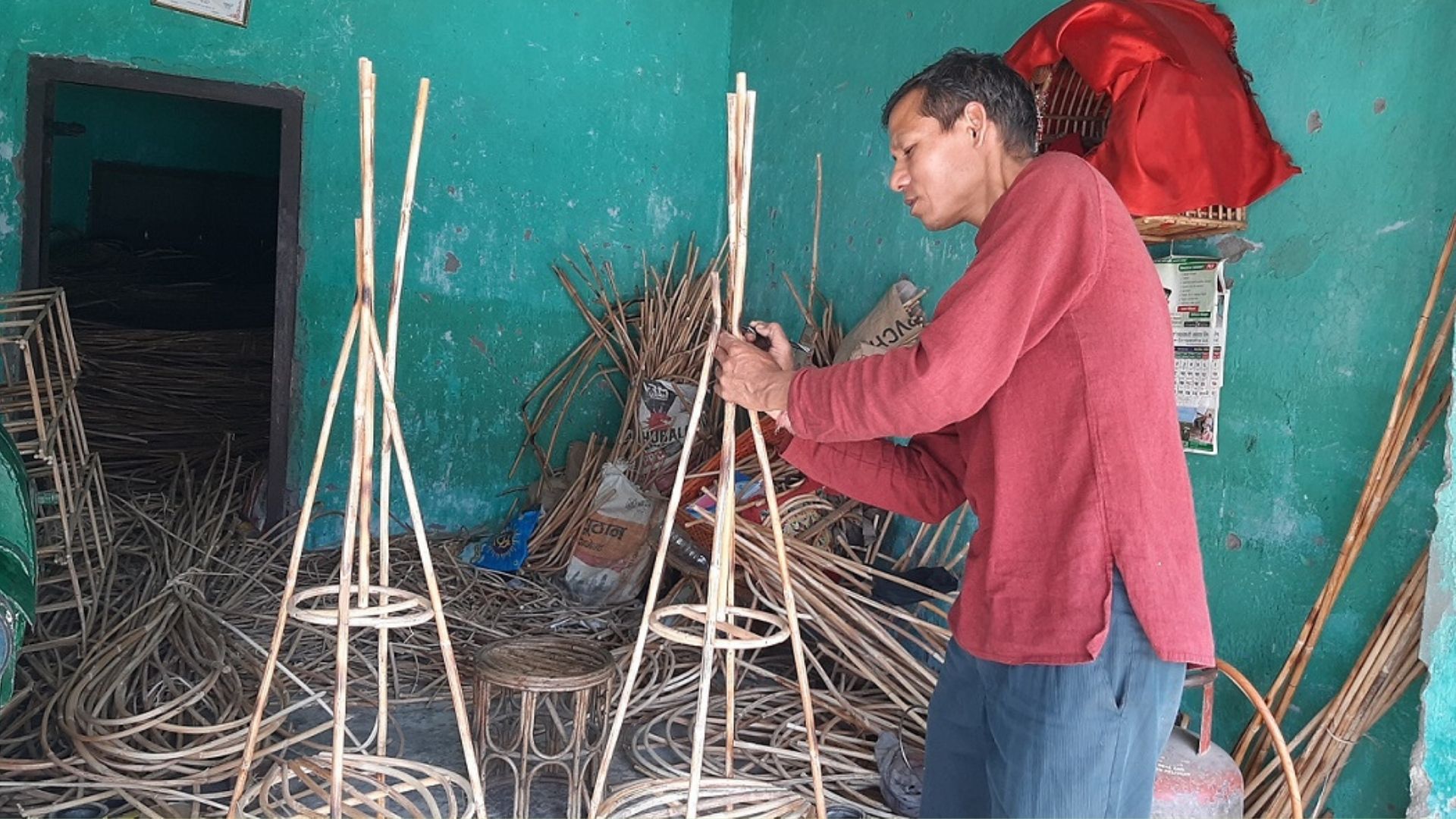When disaster strikes, the aftermath can be devastating for anyone, including businesses. Remember the 2024 September flood which inundated an entire resort in Sindhuli. Or the Melamchi disaster which swept away multiple businesses across the region.
These tragedies remind us of the vital role insurance can play in times of a crisis. We can only hope these businesses had some sort of insurance coverage in place.
The growing need for insurance
As we all know, Nepal is no stranger to disasters, especially considering the recent climate change, which only amplifies the scale and frequency of these disasters. At times like disasters, insurance acts more than just a policy—it becomes a bridge that carries businesses from devastation to operations.
For instance, by the middle of November after the September flood last year, the policyholders had already claimed an amount of NRs 11.82 billion, showing just how serious the disaster was.
Reportedly, a total of 1,809 insurance claims were settled, with payouts reaching NRs 1.79 billion. Most were under property (1,774 claims worth NRs 9.22 billion), engineering (324 claims, NRs 2.84 billion), and motor insurance (954 claims, NRs 415.34 million). Other claims included marine (23), livestock (60), crop (137), and miscellaneous (21), totaling over NRs 100 million.
Among the hardest hit was the once-thriving Kwality Beach Resort in Mulkot, Sindhuli. It used to be a busy and beautiful spot, but the floods covered it in muddy water and caused a lot of damage. It’s examples like these that highlight the value of being insured.
These risks are not just limited to nature-induced disasters—sometimes, it stems from other reasons like machine malfunction to human-induced errors. For instance, a fire broke out at a plywood factory in Dang in March this year due to an electrical short circuit, resulting in damages estimated at nearly NRs 400 million. Likewise on April 22, massive fire hit the Balaju Industrial Area, which highlighted the growing threat of fire-related disasters in Nepal.
Types of Insurance services available in Nepal:
- Property insurance: Covers damages or losses to buildings, equipment, inventory, and other assets due to fire, theft, earthquake, flood, and other natural disasters.
- Liability insurance: Protects businesses against legal liabilities from third-party claims for bodily injury, property damage, etc.
- Vehicles insurance: Covers company-owned vehicles against accidents, theft, or third-party liabilities.
- Marine and cargo insurance: Covers goods in transit—both imports and exports — against damages during shipping, including land, air, or sea.
- Business interruption insurance: Covers loss of income and operating expenses if business operations are disrupted due to a covered event (like fire or earthquake).
- Engineering construction insurance: For businesses involved in construction.
- Employee insurance: Provides financial protection for employees in case of illness, health crisis or work-related risks, ensuring employees feel secure and supported.
- Agriculture Insurance: Specialized for agribusinesses: crops, livestock, poultry, fisheries (75% of the premium is subsidised). [Read here: Agriculture ministry revises crop and livestock insurance subsidy structure]
How do insurance companies operate?
Insurance companies collect premiums from individuals or organizations who seek financial protection against specific risks such as accidents, illness, natural disasters, property damage, or loss of life. These premiums are pooled to compensate those who face insured losses. Before issuing a policy, the company assesses risk through underwriting to determine the premium.
So, higher the risk and higher the insurance coverage, higher the premium.
When a policyholder experiences a valid loss and files a claim, the company reviews it and, if approved, pays the compensation from the pooled funds.
As of now, there are a total of 40 insurance companies operating in Nepal, which include 19 life insurance companies, 20 non-life (general) insurance companies, and 1 reinsurance company.
Why is insurance a necessity for businesses?
In today’s unpredictable world, running a business—whether a small enterprise, a growing firm, or a large company—without insurance is like sailing without a life jacket.
Here is how insurance supports business:
Protects from unexpected losses: Fires, floods, theft, or lawsuits can cripple a business. Insurance provides the financial resources needed to recover, reducing the out-of-pocket burden of replacing damaged assets or defending against legal claims.
Boosts your business reputation: Clients and investors are more likely to trust and work with a business that is insured. It shows responsibility, reliability, and long-term thinking.
Need access to loans or credit: Banks and financial institutions are more willing to lend to insured businesses, viewing them as lower-risk investments.
Transfers risks: Insurance transfers the financial burden or risk from the individual or businesses to the insurance company, helping in avoiding the significant personal losses or business losses.
Protects assets: Insurance ensures businesses can repair or replace damaged assets caused by the disaster without financial ruin.
Agriculture Industry: Covers the loss of livestock, agriculture products and provides insurance coverage due to illness, diseases, accidents or natural disasters, particularly for commercial farmers.
















